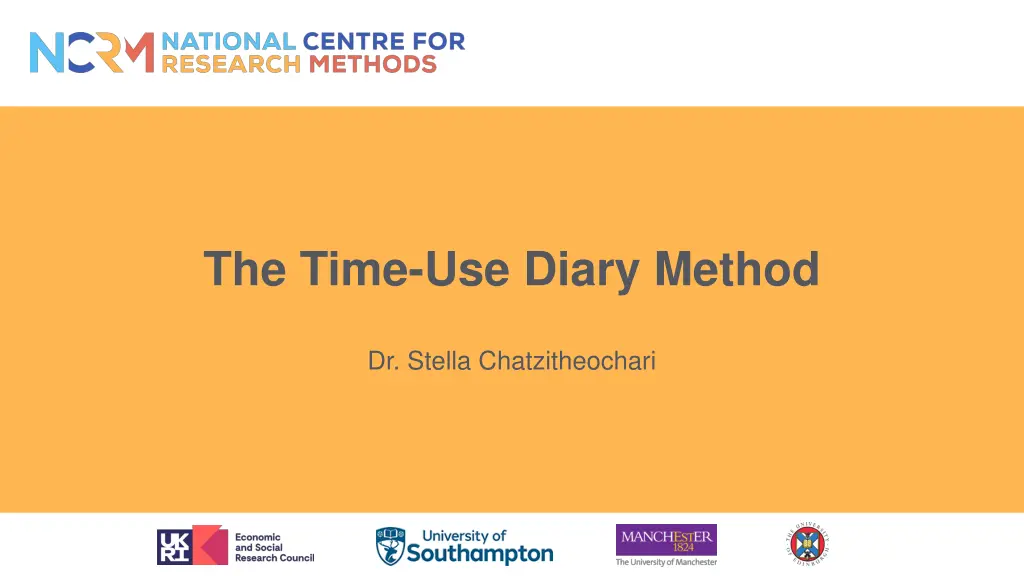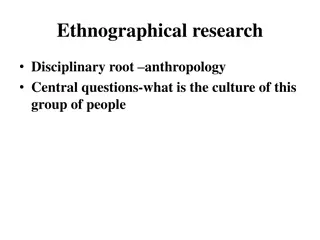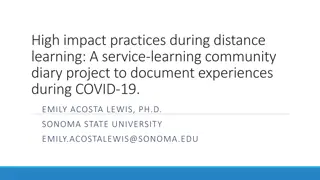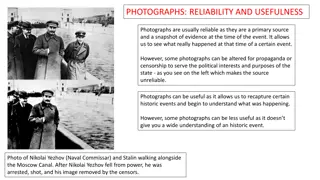
Understanding Time-Use Diaries in Social Sciences
Explore the Time-Use Diary Method and its role in studying various domains like paid work, childcare, and more. Learn about survey questions, data quality concerns, and the efficacy of time-use diaries in research.
Download Presentation

Please find below an Image/Link to download the presentation.
The content on the website is provided AS IS for your information and personal use only. It may not be sold, licensed, or shared on other websites without obtaining consent from the author. If you encounter any issues during the download, it is possible that the publisher has removed the file from their server.
You are allowed to download the files provided on this website for personal or commercial use, subject to the condition that they are used lawfully. All files are the property of their respective owners.
The content on the website is provided AS IS for your information and personal use only. It may not be sold, licensed, or shared on other websites without obtaining consent from the author.
E N D
Presentation Transcript
The Time-Use Diary Method Dr. Stella Chatzitheochari
Time-Use in the Social Sciences Several time-use domains of interest: paid work, childcare, domestic labour, sleep, exercise, screen time Time-use: manifestation of existing social inequalities and a predictor of well-being, health, and labour market outcomes How can we measure time-use?
Survey Questions (I) How many hours did you work last week? How many times did you go to the theatre last month? The type of activity studied determines type of question (duration vs frequency) and reference period (week vs month)
Time-use Survey Questions and Data Quality Reliability and validity concerns: (1) recall and calculation difficulties, (2) social desirability (3) varying interpretations of activity boundaries by respondents Questionnaires can only cover a narrow number of everyday activities Lack of information about context: Who did you go to the theatre with? Where did you exercise? Did you exercise alone? When did you clean the house?
The Time-Use Diary Method Administered as a social survey Usually 2 days of the week (one weekend day and one weekday) are surveyed Often combined with long-term time-use survey questions (e.g., volunteering, theatre) Adds up to 24-hours (less errors) & diary format facilitates memory Researchers group activities using harmonised activity codes Overall, higher reliability & validity Holistic activity account (timing/day of week, sequencing) & contextual information (location, co-presence, affect etc.)





















